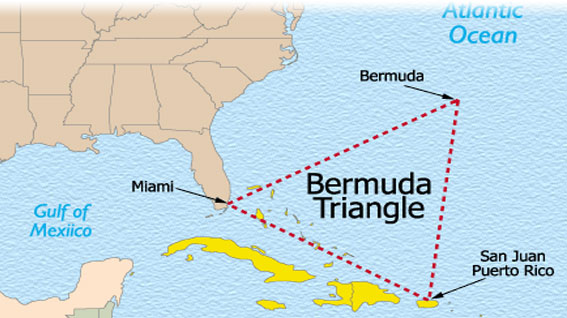Malaria, Bedbugs, Sea Lice, and Sunset “Doing my small part to preserve ocean biodiversity while advancing the vast left wing conspiracy and queer, godless agenda.”
http://coralnotesfromthefield.blogspot.com/2008/08/great-ocean-blogs.html
Sustainable Ocean Project “Changing the way we think about our oceans.”
http://sustainableoceanproject.com/
Blue Planet Divers “A Place for Researchers Divers of All Levels to Connect and Learn.”
CephalopodCast “Science info + Ocean info.”
The Beacon from Oceana
The Ship’s Blog from the National Geographic Society
http://ocean.nationalgeographic.com/blog/
If you have any questions please e-mail beachchairscientist@gmail.com or let us know at http://www.beachchairscientist.com.










What people are saying …